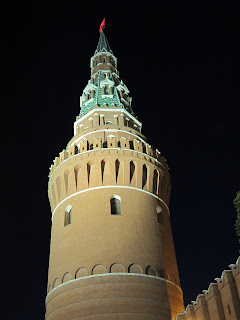Local Time: 5:13PM
Madison Time: 10:13AM
Hello again! I just got back from 5 very intense and productive days filled with interviews throughout the Picardie region. I will write about the trip in a few installments...
Installment #1.
Last time I wrote I was about to pick up the rental car and my translator Jeanne, and begin the interview portion of my trip here in France. After getting very lost in Versailles - which by accident afforded me the chance to see King Louis XVI and Marie Antoinette's Palace of Versailles - I finally found the train station. I met Jeanne, loaded her bags into the car, and off we went! Our first stop would be, Amiens - home of France's largest gothic cathedral and Jules Verne (author of 20,000 Leagues Under the Sea and Around the World in 80 Days).
 |
| The almighty Twingo that carried us near and far! |
| Map of Picardie, comprised of the Somme, Aisne, and Oise departments. For reference, Paris is located in the Ile-de-France. (www.linkparis.com) |
Just being able to have these meetings with government officials highlighted an important difference between France and Russia. I wasn't able to meet with Russian government officials, as they were suspicious and reluctant to share information. The French government officials felt that because they are a public institution, it was important that they be transparent.
In my next meeting, I had the chance to learn about the support services provided by Arvalis - an agency funded by farmers that provides support/extension services to farmers. Arvalis is one of several agencies providing extension services in France. The structure and role of such organizations is very complex in France, but reflects the abundant resources available to farmers here.
Through this meeting, I learned about the stagnation of wheat yields that France has been experiencing over the past two decades - another topic that I would continue to hear about throughout my trip. It has been hypothesized that the stagnation is due, in part, to changes in climate. Hearing this struck me, as it echoed what Russian wheat farmers said - climate is changing, and it is impacting crop production in adverse ways.
I finished off the day with my first meeting with a farmer whose main crops include wheat and potatoes - another common crop in the region. This was also the only female farmer that I had the chance to meet with during this trip. It was immediately striking to learn that her wheat yields are generally between 9 and 11 metric tons per hectare - around 3 to 4 times greater than the yields farmers were citing in Russia. Her farm size was typical for the region - around 200 hectares, with field sizes ranging from 10-20 hectares - much smaller than Russia, where individual fields were often bigger than 200 hectares, and farms were often more than 1500 hectares! She was using much more advanced technologies to manage her fields than the farmers that I spoke with in Russia. For example, she subscribes to the FARMSTAR system which utilizes SPOT satellite imagery to produce field-level management recommendations.
 |
| Diverse land uses in Somme - animal husbandry in the foreground, field crop and energy production in the background. |
 | |
| A fully developed endive. |
 |
| And the final product - hot off the press! |




























